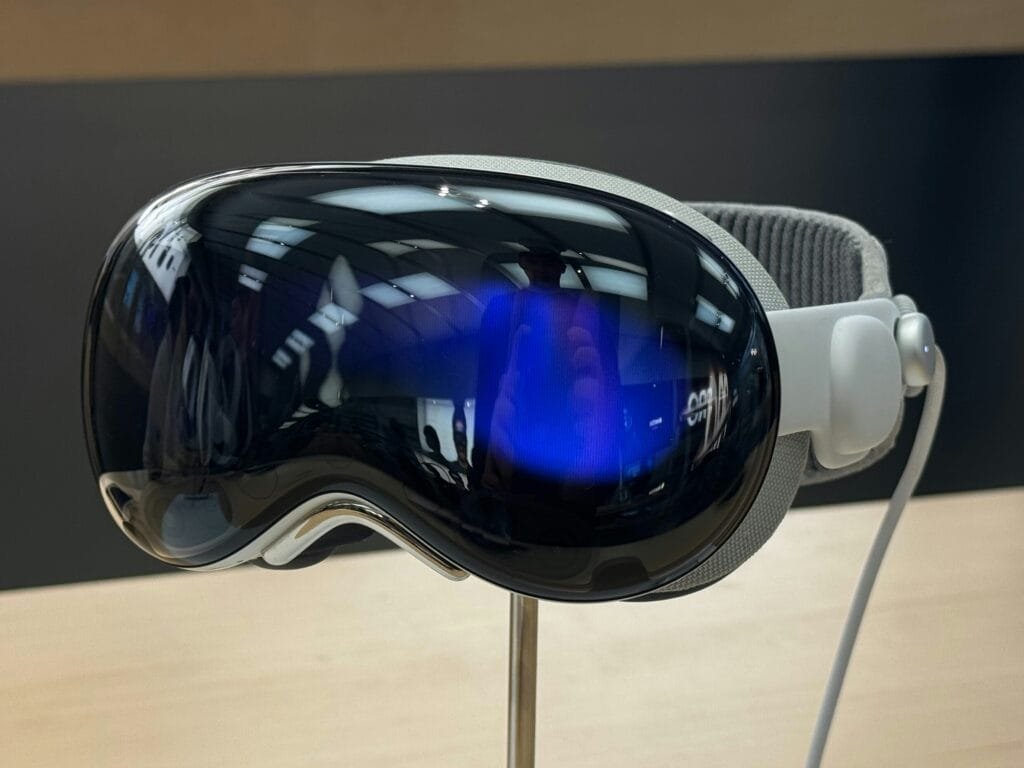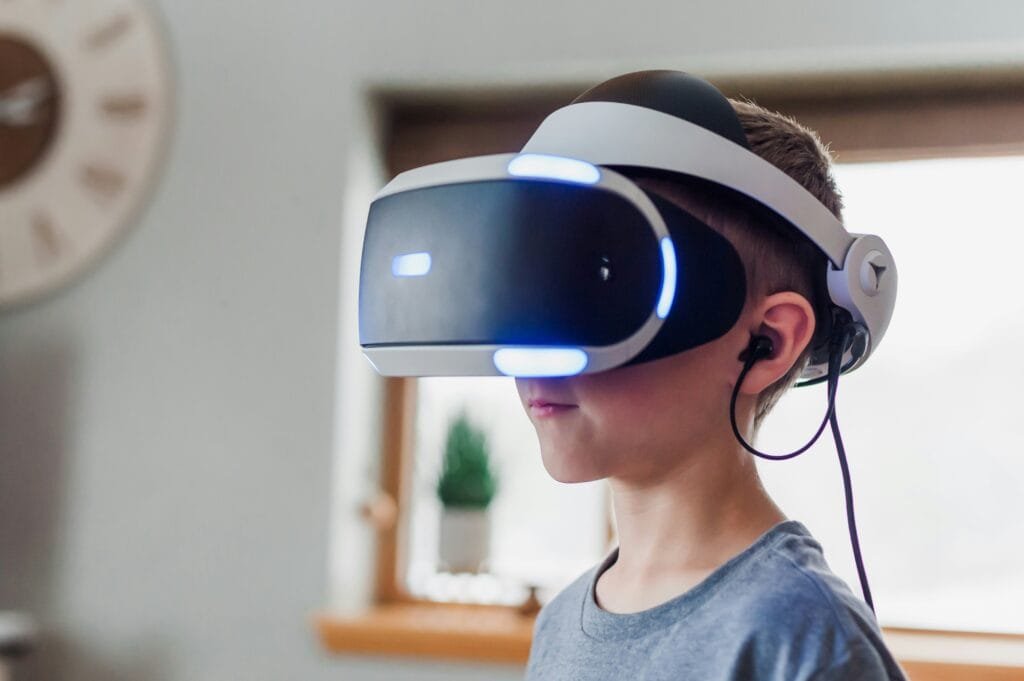When Apple introduced the Vision Pro, the tech world buzzed with excitement. The sleek design, the promise of augmented and virtual reality (AR/VR) experiences, and Apple’s reputation for innovation had many of us dreaming about a new digital frontier. But recently, news broke that Apple is scaling back production for the Vision Pro. As someone who’s followed Apple’s journey for years, I couldn’t help but wonder—is this the end of Apple VR or just a speed bump on their road to revolutionizing the market?
Let’s take a moment to unpack what’s really happening here.

The Vision Pro Backstory
When Apple unveiled the Vision Pro, it wasn’t just a product; it was a statement. Apple was stepping into the AR/VR space with ambitions to redefine it. The Vision Pro promised to blend the real and virtual worlds seamlessly, a concept that felt like science fiction suddenly within reach.
But here’s the catch: Apple priced it at $3,499. It’s a hefty sum for something most of us would consider a luxury gadget. Add to that production delays, a niche audience, and technical challenges, and suddenly, even Apple seemed to be questioning the project’s viability.
Why Is Apple Scaling Back Vision Pro?
- Production Challenges
Apple is known for its meticulous approach to hardware, and the Vision Pro is no exception. Producing components for AR/VR headsets is notoriously complex. Rumors suggest supply chain issues and difficulties scaling the manufacturing process. In plain terms? They just can’t make enough of them right now. - Demand vs. Price Tag
Let’s be real—$3,499 is a serious investment. The Vision Pro is marketed as a “spatial computer,” which sounds cool, but for the average consumer, that price makes it less “must-have” and more “nice-to-have.” It’s clear Apple is targeting professionals and enthusiasts, not everyday users. - Market Hesitation on AR/VR
Virtual reality hasn’t become the mainstream sensation many predicted. Sure, it’s growing, but the adoption rate isn’t exactly skyrocketing. Apple may have realized that entering the market now might be premature.
Is This Really the End of Apple VR?
Let me reassure you—it’s not. Apple doesn’t do “endings” in the traditional sense. They pivot, they iterate, and they evolve. If you look at their history, Apple has a knack for turning initial missteps into massive success stories.
Remember the Apple Watch’s launch? It wasn’t an overnight success. It took years of refinements and new features before it became the go-to wearable device. The Vision Pro could follow a similar trajectory.
What This Means for VR
I get it. When a big player like Apple appears to retreat, it’s easy to assume doom and gloom for the whole industry. But here’s where we need to flip the narrative.
- Pioneering Tech Takes Time
Innovations like the iPhone weren’t built in a day. AR/VR is a complex field that needs both hardware and software to work seamlessly. Apple scaling back could mean they’re regrouping to perfect their approach. - Healthy Competition Sparks Progress
Apple entering the AR/VR space is a huge motivator for other companies. Meta, Sony, and smaller players are watching Apple closely, which means more innovation across the board. - Consumer Expectations Are Evolving
Let’s be honest—VR has been fun, but most people are still waiting for a game-changing use case. Apple might be taking the time to deliver something that truly integrates into our daily lives.
My Take on What’s Next
If you ask me, Apple’s decision to scale back is a strategic pause, not a retreat. They’ve likely learned a lot from the initial development and reception of the Vision Pro, and they’ll use that knowledge to refine their strategy.
For one, I wouldn’t be surprised if Apple works on lowering production costs or even introduces a more affordable version in the future. They’re masters at creating product ecosystems, and the Vision Pro could eventually become another integral piece of the Apple puzzle.
Plus, with advancements in ARKit (Apple’s augmented reality platform), they’re already laying the groundwork for a future where AR/VR experiences could be as common as FaceTime or Siri.
What Should We, the Users, Take Away?
I think this whole situation is a reminder that not all groundbreaking technologies launch smoothly. It’s tempting to get caught up in the headlines and assume the worst. But if history has taught us anything, it’s that Apple doesn’t give up easily.
So, if you’re someone who’s been eagerly waiting for Apple VR to take off, don’t lose hope. This is likely just the beginning.
Final Thoughts
Scaling back doesn’t mean giving up. It means Apple is regrouping, learning, and preparing for a future where AR/VR is ready for the masses. The Vision Pro might not become the iPhone of our generation just yet, but it could be paving the way for something even bigger.

